Do you use self seeders and are you happy with them?
10 years ago
Related Stories

GARDENING GUIDES9 Self-Seeders Capture Chelsea Flower Show Magic
Give your garden show-worthy style with these plants beloved by top designers
Full Story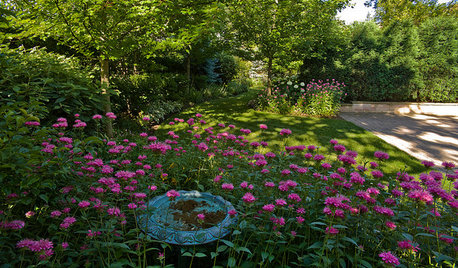
LANDSCAPE DESIGNExuberant Self-Seeders for Gorgeous, Easy-Care Gardens
Keep weeds down, color high and maintenance low with beautful plants that sow themselves
Full Story
LIVING ROOMSRoom of the Day: Color Them Happy in Los Angeles
All is bright in this living room since a creative couple enlisted their designer friends to reimagine it
Full Story
CONTAINER GARDENSHappy Houseplants, Happy People
Potted plants add life and beauty to a room. Learn easy ways to keep them healthy
Full Story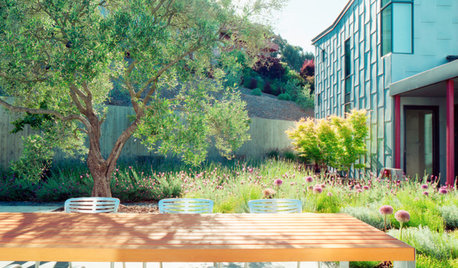
LANDSCAPE DESIGNGardening for Happy Kids
Foster creativity, self-esteem and more by designing your landscape with a sense of discovery
Full Story
DECORATING GUIDESMy Houzz: A Happy Compromise Between Clean and Cluttered
A self-described minimalist and a ‘maximalist’ take on a renovation together and find harmony and balance
Full Story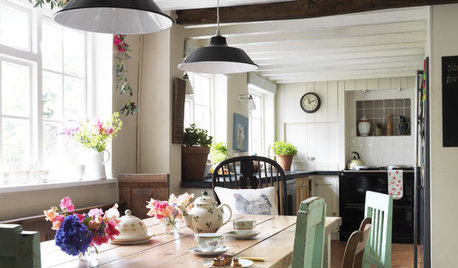
MOST POPULAR4 Obstacles to Decluttering — and How to Beat Them
Letting go can be hard, but it puts you more in control of your home's stuff and style. See if any of these notions are holding you back
Full Story
MOVING5 Risks in Buying a Short-Sale Home — and How to Handle Them
Don’t let the lure of a great deal blind you to the hidden costs and issues in snagging a short-sale property
Full Story
COLORFUL HOMESHouzz Tour: Pattern-Happy Personality in Los Angeles
Bland design defaults didn't scare this owner; she used color, prints and quirky mixes to turn them on their head
Full Story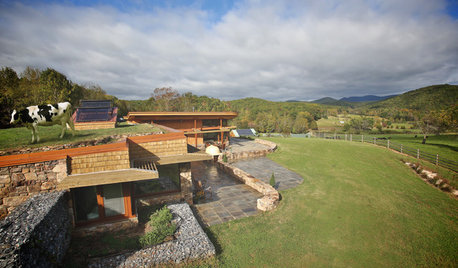
HOUZZ TOURSHouzz Tour: A Self-Sufficient Farmhouse With a Sheep-Pasture Roof
LEED Platinum certification and a soil-covered top make this pastoral Virginia home green in more ways than one
Full StoryMore Discussions







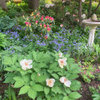

NHBabs z4b-5a NH
christinmk z5b eastern WA
Related Professionals
Danbury Landscape Architects & Landscape Designers · Anderson Landscape Contractors · Alamo Landscape Contractors · Cupertino Landscape Contractors · Federal Way Landscape Contractors · Fort Wayne Landscape Contractors · Hawaii Landscape Contractors · Kahului Landscape Contractors · Kailua Landscape Contractors · Long Branch Landscape Contractors · Lynn Landscape Contractors · Mount Sinai Landscape Contractors · Nashua Landscape Contractors · Woodburn Landscape Contractors · Reisterstown Landscape Contractorsken_adrian Adrian MI cold Z5
prairiemoon2 z6b MAOriginal Author
mxk3 z5b_MI
User
gardenweed_z6a
laceyvail 6A, WV
woodyoak zone 5 southern Ont., Canada
ken_adrian Adrian MI cold Z5
prairiemoon2 z6b MAOriginal Author
paleogardener
gyr_falcon
Ruth_MI
katob Z6ish, NE Pa
rusty_blackhaw
prairiemoon2 z6b MAOriginal Author
User
prairiemoon2 z6b MAOriginal Author
gardenweed_z6a
User
prairiemoon2 z6b MAOriginal Author
prairiemoon2 z6b MAOriginal Author
paleogardener
anitamo
runswithscissors